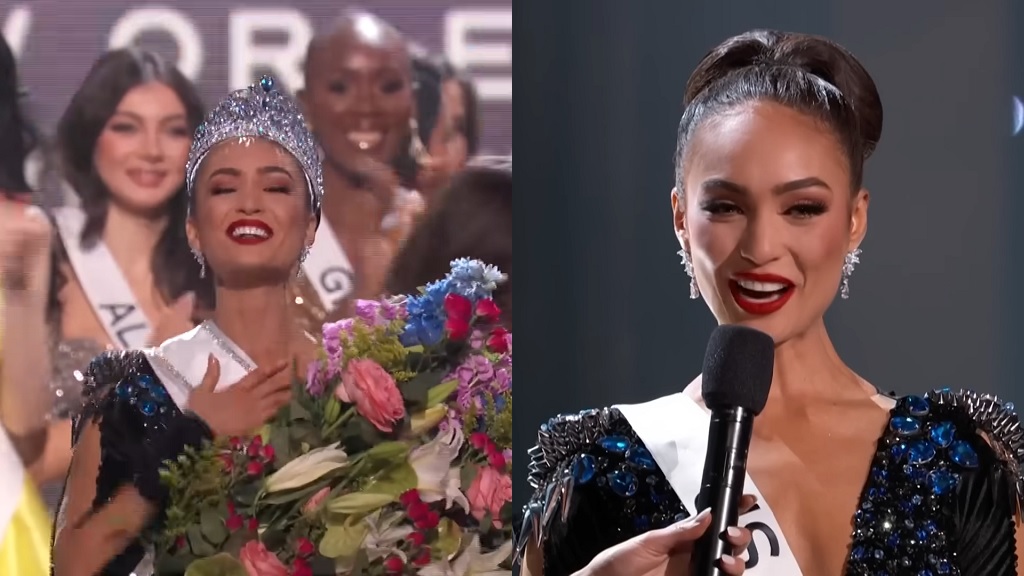High school students in Korea have to solve this question in 10 minutes. Set a time limit and solve the question!
(A) Thesis-Antithesis-Synthesis. It refers to the logical structure of dialectics. Hegel is commonly recognized as one who employed the dialectic method in his philosophical arguments. The dialectic method is not a parallel of three categories with equal status, but a structural feature of convergent upwardness in which two opposing categories achieve harmonious unification. In Hegel's philosophy, dialectic not only serves as a method of argumentation, but also as a method of understanding the very existence of the object being argued. "In other words, the internal structure of 'ideology', the fundamental order of the world, and the way ideology is revealed as a temporal and spatial reality are dialectical. As a result, ideology and reality form a system, and philosophical arguments that reveal these two dimensions must have dialectical systemality.
Hegel also intends to deal with aesthetics within a thoroughly dialectically constructed system. In him, art, which is the object of aesthetics, is a form of 'absolute spirit' like religion and philosophy. Absolute spirit refers to the realm of the human mind that recognizes the absolute truth or 'ideology'. Art, religion, and philosophy have the same absolute truth, but are classified according to differences in the form of perception. The forms corresponding to each of the three forms of the absolute spirit are intuition, representation, and reason. Intuition is intelligence that sensibly perceives a given material object, "representation" is intelligence that conjures up images from the inside regardless of the presence or absence of a material object, and "thinking" is pure logical intelligence that identifies objects through concepts. Consequently, each of the three forms is defined as 'the absolute spirit of intuition', 'the absolute spirit of representation', and 'the absolute spirit of reason'. According to Hegel, the outer surface of intuition and the inner surface of the representation are synthesized in thought, and accordingly, the objectivity of art and the subjectivity of religion are synthesized in philosophy.
Due to differences between formats, significant differences occur in the level of content recognition. In Hegel's philosophy, the absolute truth, the content of the absolute spirit, is fundamentally logical and rational. As art is intuitive, religion is represented, and philosophy is thoughtful, these three forms are graded step by step. In other words, art is an absolute spirit in the beginner stage, religion in the growth stage, and philosophy in the maturity stage. Accordingly, in the order of art, religion, and philosophy, the absolute spirit in name and reality is based on the best intellect, that is, philosophy. However, art's function as an absolute spirit is limited to the far past where mankind's universal intelligence was not yet developed.
(B) The appeal of dialectics lies in its comprehensiveness. The category of aggregation should not end with one category emerging victorious over the other, nor should the unique essential regulations of the two categories be neutralized. The synthesis is established by creating a category that is qualitatively enhanced by organic harmony between the essential regulations of the two. This is also the excellence of dialectics emphasized by Hegel. Therefore, it was his philosophical plan to ask for a strict and consistent academic system optimized for the principles of dialectical law. However, it is not easy to say that his achievements can be evaluated as completing the project without any flaws, particularly in regards to aesthetics. The strategy of organizing the form of intelligence in the order of intuition, representation, and thought and organizing the absolute spirit in the order of art, religion, and philosophy accordingly seems to be a typical composition according to the dialectical model. However, in practical content, the externality is gradually erased and the internality is gradually strengthened and completed in the process of intuition to thought, and objectivity is gradually erased and subjectivity is gradually strengthened and completed in the process of art to philosophy, but true dialectical synthesis is not achieved. The essence of intuition's outer appearance and art's objectivity is, above all, sensory perception, and these key elements are completely eliminated at the stage of synthesis he refers to.
To be faithful to dialectics, Hegel should have added the absolute spirit of the stage in which the complete subjectivity achieved in philosophy is re-objected. Art is a strong candidate for the post-philosophy position. In fact, many works of art are not explained only through 'thoughts'. Furthermore, Hegel himself, who has more abundant artistic experiences than anyone else, knows this well. For this reason, this discrepancy between the method and the philosophical system is even more regrettable.
Q. Below is part of a hypothetical conversation between Hegel and the writer of (B). What is the most appropriate content to include in the (blank)?
Hegel: There's something you should not miss when you read Goethe and Schiller's literature. These two geniuses were not able to fully sublimate their best intellectual insights into true artistry until they reached maturity in their lives. By comparison, their early works were not aesthetically sophisticated and could never be called high-quality because they were still intellectually immature.
(B) Writer: If you connect that idea with your basic argument method, it makes sense that (blank).
① the third step in the synthesis of opposing categories is to neutralize them in reality.
② art corresponding to externality can be an absolute spirit based on internality in reality.
③ art located in the antithesis stage appears to be in the thesis stage in reality.
④ art based on objectivity has subjectivity in which objectivity has disappeared in reality.
⑤ art defined as the absolute spirit cannot perform the recognition of truth in reality.








